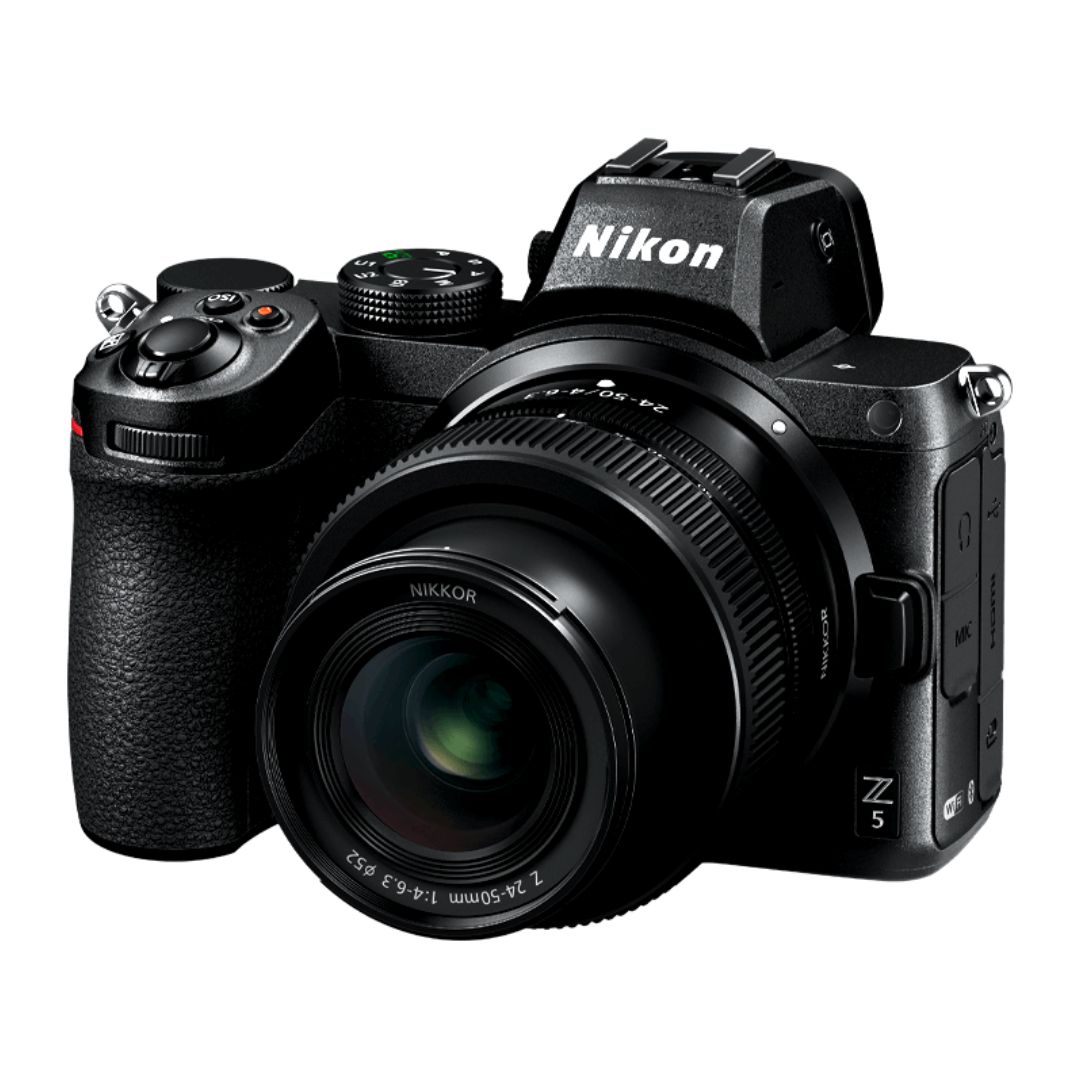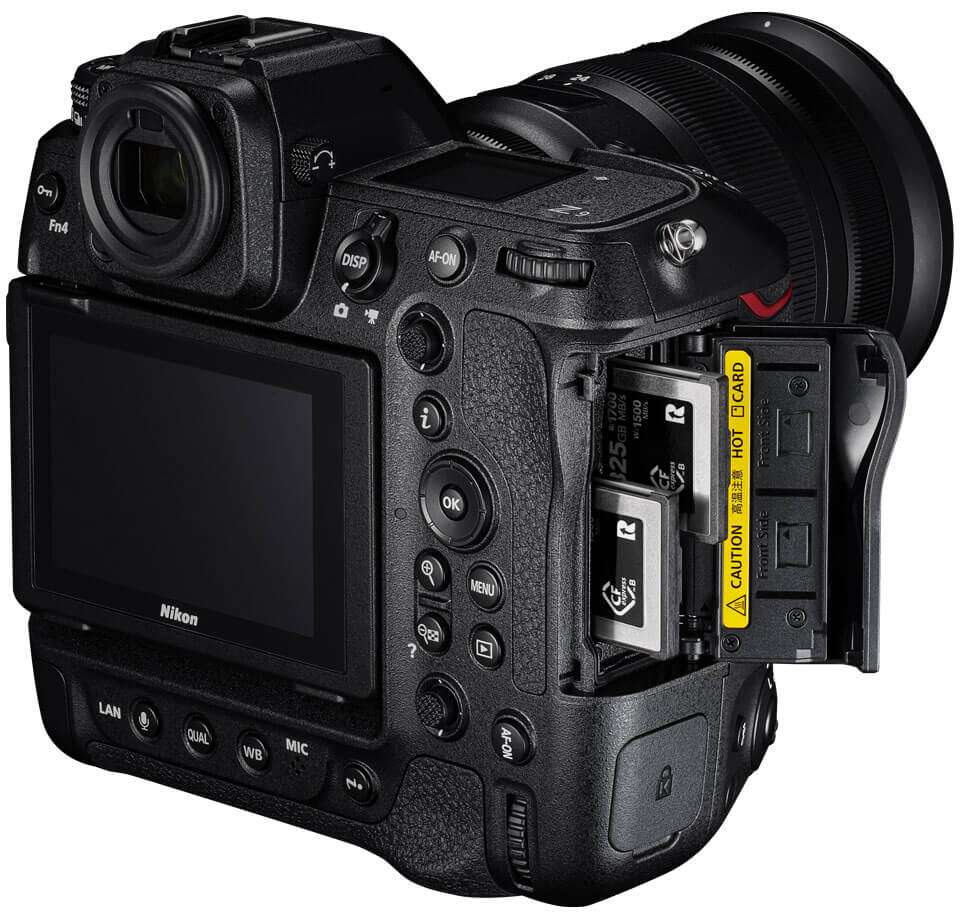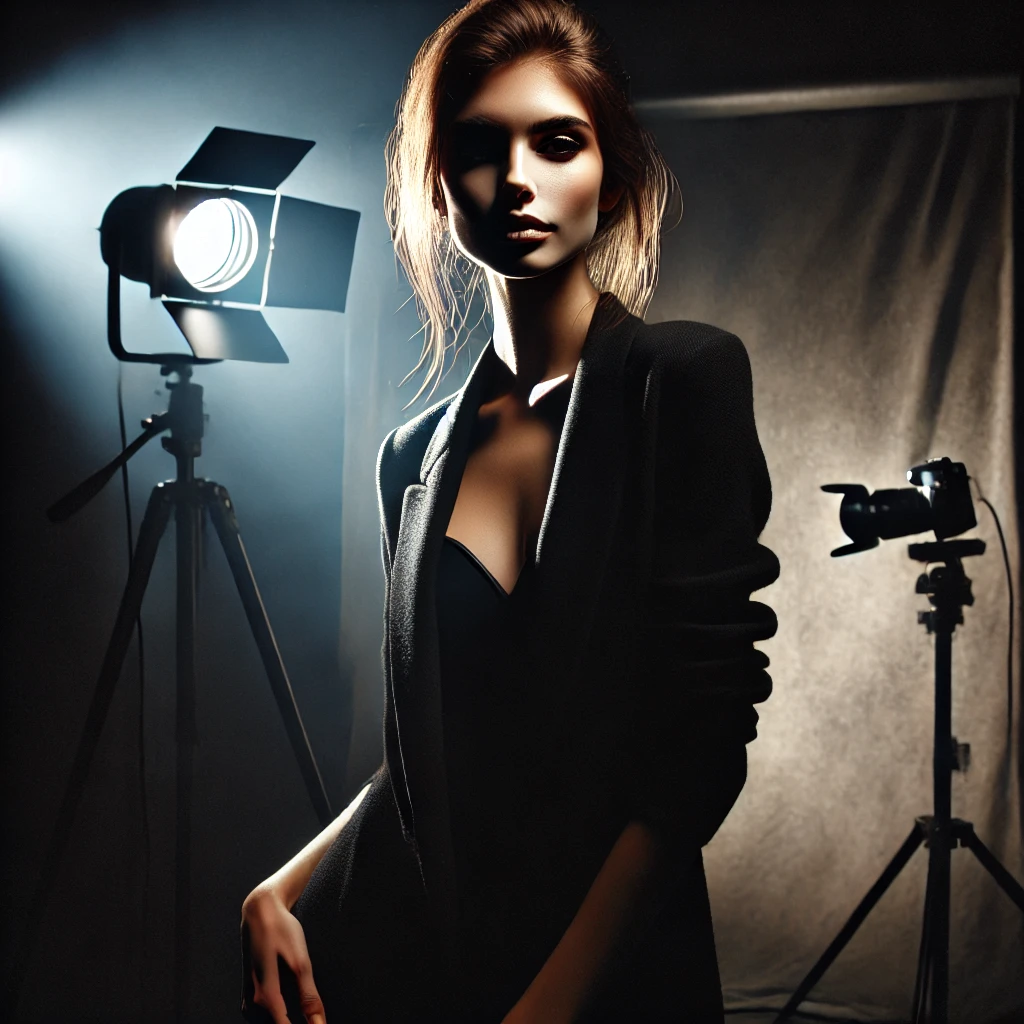Lighting is the backbone of dramatic model photography. Whether you are shooting in a studio or using natural light outdoors, understanding how to manipulate light can elevate your images from ordinary to extraordinary. This guide will walk you through the best lighting techniques to create high-impact model portraits that captivate audiences.
The Importance of Lighting in Dramatic Photography
Lighting in photography is not just about brightness; it is about sculpting the subject. It determines mood, depth, and emotion. Dramatic lighting adds intensity and visual interest to model photography, helping to tell a compelling story through images.
Understanding Light and Shadow
- Directional Light: Creates depth and structure by controlling highlights and shadows.
- Hard vs. Soft Light: Hard light emphasizes details and texture, while soft light creates a more gradual transition between highlights and shadows.
- Contrast: High contrast makes images look more dramatic, while low contrast gives a softer effect.
- Shaping Light with Modifiers: Use reflectors, diffusers, and grids to manipulate the way light interacts with your model.
Types of Lighting for Dramatic Photography
1. Natural Light for Dramatic Effects
- Golden Hour: Creates warm, soft shadows and highlights for a cinematic look.
- Backlighting: Produces silhouettes and dreamy effects.
- Window Light: Perfect for moody indoor portraits with natural contrast.
2. Studio Lighting Setups
- Rembrandt Lighting: Creates a triangle of light on one cheek, adding depth and mystery.
- Split Lighting: One side is lit while the other remains in shadow, perfect for edgy portraits.
- Loop Lighting: Soft shadows that define facial structure without making the image too harsh.
- Butterfly Lighting: Commonly used in fashion photography for a flattering glow.
- Low Key vs. High Key: Low-key lighting enhances mystery, while high-key lighting focuses on brightness with minimal shadows.
Equipment for Dramatic Model Photography
- Key Lights: Main source of illumination (LEDs, strobes, or continuous lights).
- Fill Lights: Soften shadows without overpowering the main light.
- Backlights: Add separation between the subject and background.
- Gels & Color Filters: Create artistic effects and moods.
- Reflectors and Diffusers: Adjust the intensity and spread of light.
Creative Lighting Techniques for Impactful Shots
1. Using Shadows for Drama
Shadows add mystery and dimension. Experiment with objects like blinds, tree leaves, or textured glass to create artistic shadow patterns.
2. Rim Lighting for Silhouettes
Placing a light source behind the model highlights the edges of the subject, creating a glowing outline that separates them from the background.
3. Colored Gels for Mood and Effect
Using colored gels on your lights can shift the mood entirely—warm tones evoke passion, while cool tones create a cinematic feel.
4. Light Painting for Artistic Expression
Long exposure and handheld light sources allow you to “paint” with light, adding dynamic effects to portraits.
Outdoor Dramatic Lighting Techniques
- Golden Hour vs. Blue Hour: Golden hour provides soft, warm light, while blue hour gives a cool and cinematic ambiance.
- Using Streetlights: For urban portraits, streetlights add natural contrast.
- Moonlight Photography: A rare but stunning way to achieve unique images.
Post-Processing for Enhanced Drama
Even the best-lit photos can benefit from subtle retouching:
- Dodging and Burning: Enhances highlights and shadows for more depth.
- Color Grading: Adjust hues to emphasize mood.
- Sharpening and Contrast Adjustments: Increase clarity without over-processing.
Common Mistakes to Avoid in Dramatic Photography
- Overexposure: Losing detail in highlights.
- Underexposure: Hiding too many details in shadows.
- Flat Lighting: Avoid lack of contrast, which makes the image less dramatic.
- Ignoring Backgrounds: Cluttered backgrounds can take attention away from the subject.
Conclusion
Mastering dramatic model photography lighting requires practice, creativity, and a solid understanding of light manipulation. By experimenting with different lighting setups, playing with shadows, and using post-processing wisely, you can create striking images that leave a lasting impression.
With these techniques in hand, you’re ready to push the boundaries of dramatic model photography. Whether working with natural light, studio setups, or a mix of both, the key is to sculpt the light in a way that enhances emotion and tells a compelling visual story.

Sony Alpha a7 IV: The Ultimate Camera for Photography

Nikon Z5 Review: Is It Worth It?
-

Nikon Z9 : Game-Changer for Photography
-

Top Features of Nikon D850 That Make It Ideal for Portfolio Shoots
Sony Alpha a7 IV: The Ultimate Camera for Photography
Explore the Sony Alpha a7 IV in this complete 2025 review. Learn how its pro-level features, real-world performance, and hybrid flexibility make it the ultimate camera for photography across genres like portraits, weddings, travel, and commercial work. Table of Contents Section 1: Introduction – Why the Sony Alpha a7 IV Stands Out The Sony Alpha…
Nikon Z5 Review: Is It Worth It?
In 2025, photographers—whether hobbyists, content creators, or professionals—seek equipment that blends value, performance, and future-readiness. Enter the Nikon Z5, a full-frame mirrorless camera marketed as a gateway to high-end imaging without a flagship price tag. But how well does it hold up under real-world demands like studio shoots, weddings, landscape adventures, and lifestyle photography? In…
Nikon Z9 : Game-Changer for Photography
Discover why the Nikon Z9 is considered a true game-changer for photography. This in-depth Nikon Z9 review explores key features, real-world performance, and how it excels in professional photo shoots in 2025. Table of Contents 1. Introduction The photography world witnessed a significant shift with the launch of the Nikon Z9, a flagship mirrorless camera…
Top Features of Nikon D850 That Make It Ideal for Portfolio Shoots
Discover why the Nikon D850 is the ultimate DSLR for portfolio shoots. Explore its top features—from resolution and dynamic range to autofocus precision and workflow speed—that help photographers create stunning, high-impact images for professional portfolios. Whether you’re a portrait artist, fashion photographer, or visual storyteller, a portfolio shoot demands technical excellence, creative flexibility, and uncompromised…
Candid Moments with Canon EOS R10: Lightweight & Reliable
In the evolving world of mirrorless photography, the Canon EOS R10 stands out as a lightweight yet powerful camera tailored for real-life storytelling. Whether you’re photographing street scenes, family gatherings, weddings, or spontaneous portraits, capturing genuine emotion requires a responsive and discreet tool. This article dives deep into how the Canon EOS R10 excels in…
Bold Portraits with Canon EOS R5: Is It the Best for Work?
Studio photography has always demanded precision, artistry, and impeccable gear. As the expectations for commercial portraits, fashion campaigns, and editorial work continue to rise, the tools we use must evolve. Enter the Canon EOS R5, a camera that has stirred the professional waters with its impressive technical specs and forward-thinking design. In this comprehensive Canon…


